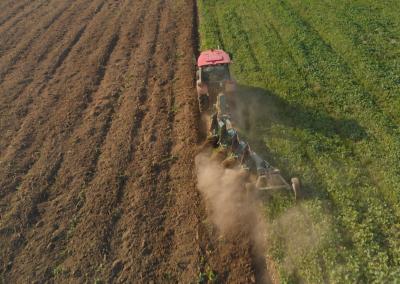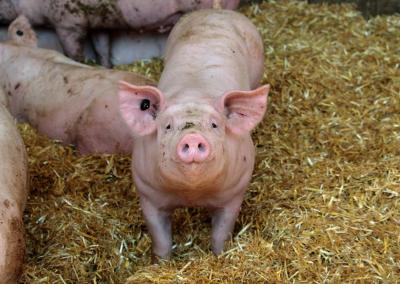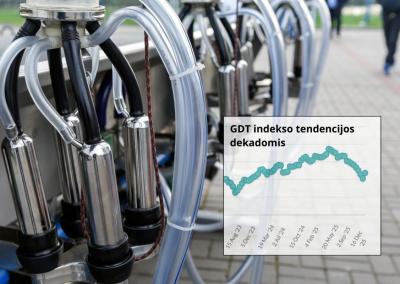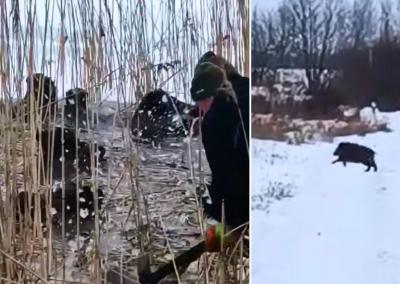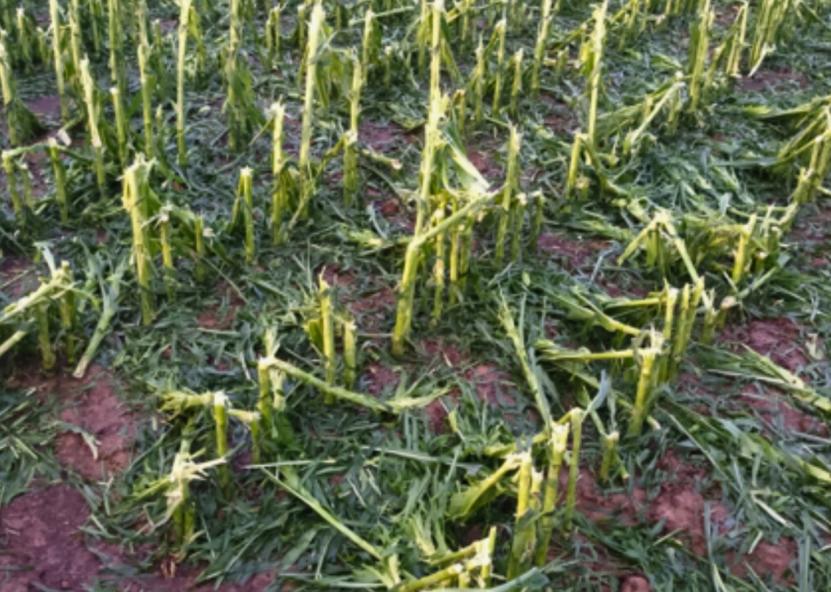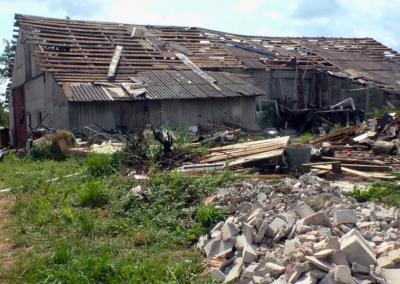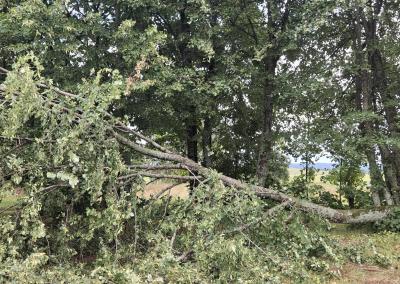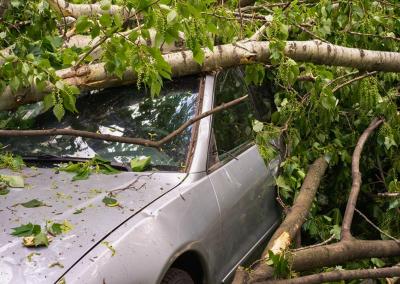Payments to farmers to reach €10 million as a result of storm damage
According to the damage caused by the storm at the end of July, the extent of the damage is lower than expected, with yield losses of around 23% in oilseed rape fields and 5% in wheat fields, according to the crop mutual fund „Vereinigte Hagel“. The mutual says it has received 1,700 reports from farmers of damaged crop fields – more than 70,000 hectares.
It is estimated that insurance payments to farmers will amount to around €10 million. This amount is still subject to change as only winter oilseed rape and spring crops are currently assessed.
The most affected fields – 46% were cereals, 28% oilseed rape and 24% legumes. The most affected crops were those in Joniškis, Šiauliai, Kelme, Pasvalys and Radviliškis districts.
Vegetable growers' association representative: Damage is recorded in the most rain-affected areas
According to the initial data, Zofija Cironkienė, an expert from the Lithuanian Vegetable Growers Association (LDAA), explains that the biggest losses are recorded in places where catastrophic rain has fallen. The Hydrometeorological Service recorded such rain at 5 meteorological stations: Telšiai (110.1 mm), Laukuva (97.3 mm), Šiauliai (93.1 mm), Joniškės (81.8 mm), Mažeikiai (80.7 mm).
„It (storm damage to vegetables – ELTA) is localised, with higher losses, where several months of rainfall have fallen, the plots are still waterlogged and the crops will die“, – Z. Cirokienė told ELTA.
Some carrot, beetroot and asparagus fields are affected, she said. There is no doubt, says the LDAA expert, that some crops will be diseased as a result of the storm, which will mean poorer harvests.
„For example, the farm "Jakiškiai" currently has over 20 hectares of carrots and 30 hectares of beetroot under water. Over 150 ha of cereal crops are also drowned, and an entire 2 ha of asparagus at the intersection of Anykščiai – Panevėžys – Ukmergė districts has been drowned. It is impossible to carry out mechanised maintenance work“, – she comments.
„The asparagus that has been laid out dries out more slowly in the mornings, so it is only a matter of time before a disease sets in. Unfruitful internodes and possible diseases will lead to a poorer harvest the following year, as the asparagus will not accumulate enough nutrients," says Z. Cirokienė.
„VH Lithuania“: Wheat losses are low
Toma Rickevičienė, head of damage assessment at the Fund's Lithuanian branch „VH Lietuva“, says that wheat losses are low – in most fields 1-3%, in some cases – 6%.
„Although the situation seemed dire at the time of the storm, it is important not to panic about the effects of the downpour on the crops, as their condition is mostly dependent on the weather conditions that follow. Before the downpour, the ground was thirsty for rain and quickly absorbed the 100-150 ml of rainfall (...), so wheat yield losses are – small“, – says T. Rickevičienė.
„VH Lietuva“ manager Martynas Rusteika stresses that the rainfall was short-lived, which allowed some of the threshed crops to be harvested. He said that if the rain continued for 10 – 15 days – it would be a tragedy, which is not the case in the current situation.
„Wheat is lodged in some fields, but it is already in the hard maturity stage and nature allows farmers to harvest these crops as soon as possible. Those with good machinery are already threshing wheat fields. In winter oilseed rape fields the damage is more severe. Most fields have 11-15%, some up to 100%, of the rapeseed knocked out, because the rain has caused the pods to open and the grain to fall out. However, paradoxically, the removal of the canola also helped to protect the crop," comments Rusteika.
What kind of damage the heavy rain caused in the bean fields will be assessed later, as the harvest deadline is only 2-3 weeks away.
The crop mutual fund „VH Lietuva“ unites 2.5 thousand farmers, covers 96% of the total crop insurance market and has insured one third of the insurable area of Lithuanian crops. VH Lietuva“ has taken over the collective experience in crop damage control from the German mutual insurance fund Vereinigte Hagel“ (VH), which has been operating for 200 years and covers more than 110,000 farmers in 10 European Union countries - Lithuania, Latvia, Poland, Denmark, Germany, the Netherlands, Belgium, Luxembourg, Croatia and Italy.


